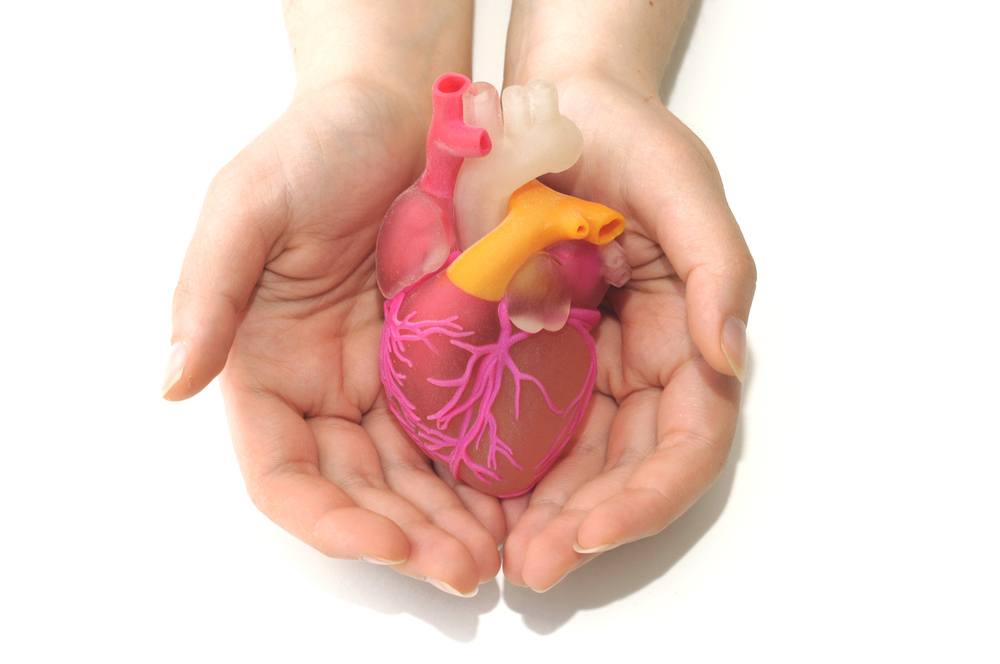Scientists Review Research on Cardiac-Scarring Cells That May Aid Muscular Dystrophy Therapies

An international team of researchers has reviewed the latest treatments targeting non-muscle cells in the heart responsible for cardiac scarring. The information is important for developing strategies to treat diseases that are often viewed as hopeless, from common ailments like advanced heart failure to rare but deadly ones like muscular dystrophy.
The study from scientists at Virginia Tech Carilion Research Institute and colleagues at the Universities of Frankfurt and Freiburg in Germany, was published online in the journal Nature Reviews Drug Discovery and titled “Novel therapeutic strategies targeting fibroblasts and fibrosis in heart disease.”
“After disease or injury, the adult mammalian heart repairs by forming a scar, while other classes of vertebrates such as amphibians and fish can regenerate injured cardiac tissue,” study author Rob Gourdie, director of the Virginia Tech Carilion Research Institute’s Center for Heart and Regenerative Medicine, said in a press release. “Understanding the molecular difference between scarring and regeneration might help us develop treatments for heart disease in humans.”
The American Heart Association estimates the annual financial burden of heart disease to be around $180 billion. “Heart disease is the leading cause of sickness and death in the developed world. The central problem in heart disease is loss of cardiac muscle and its replacement with fibrotic non-muscle tissue,” Gourdie said.
Heart illness or injury induces host responses that often lead to the formation of scar tissue. While important for heart recovery, the fibrotic tissue actually replaces healthy heart muscle. Fibroblasts are the cells making up the fibrotic tissue: they are essential to support the walls of the heart. But during heart disease, fibroblasts often thicken and scar. This hinders the heart’s ability to contract, therefore compromising the blood flow to the rest of the body (including the cardiac muscle itself and the brain).
“Utilizing the natural reparative processes of fibroblasts to modify properties of the forming cardiac scar is quietly emerging as an exciting therapeutic avenue,” said Gourdie, who is also a professor at the Virginia Tech-Wake Forest University School of Biomedical Engineering and Sciences and a professor of emergency medicine at the Virginia Tech Carilion School of Medicine.
Scientists are currently designing gene therapies that may reprogram fibroblasts into other types of cells, such as muscle cells. This strategy represents potential therapeutics to treat heart and other muscular diseases.
Increasingly recognized is the role of fibroblasts in maintaining the structure and functionality of the heart. “The concept that fibroblasts link together to form a cardiac sub-system of equal importance to the network of cardiac muscle cells should inform our approach to targeting or even using the connective cells in therapies for heart disease,” Gourdie said.
According to Dr. Gourdie, another important topic of current and future research is to understand the underlying communication between cells of the heart. This may ultimately lead scientists to develop cell-specific and targeted therapeutics.
Eduardo Marbán, M.D., Ph.D, the director of Cedars-Sinai Heart Institute, who had no part in the published review, said: “The topic reviewed in this paper is immensely important for evolving strategies to treat diseases that are routinely viewed as hopeless, from common ailments like advanced heart failure, to rare but deadly ones like muscular dystrophy.”






